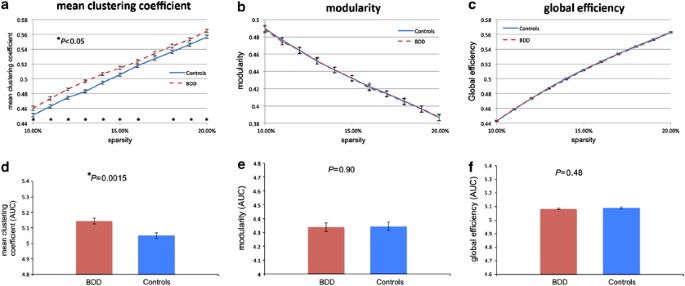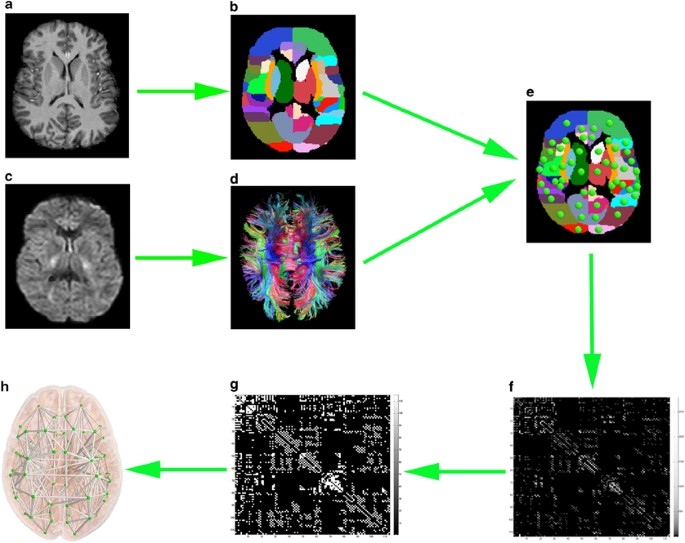Measurement Instruments For Body Dysmorphic Disorder
A score of 9 is used as a cut off for bdd.
Measurement instruments for body dysmorphic disorder. Body dysmorphic disorder bdd is a psychiatric condition characterized by excessive preoccupation with nonexistent or minimal defects in ones appearance that cause marked distress and life disruption. 23 the defect preoccupation and associated behaviors can impair psychosocial functioning through withdrawal from work. Mancuso sg knoesen np castle dj. The body dysmorphic disorder questionnaire dermatology version appendix 1 is a modified version of the body dysmorphic disorder questionnaire bddq which has been validated for use in the psychiatric setting sensitivity 100 percent specificity 89 percent.
Cassidy tweedt a 27 year old student who struggles with both bdd and bipolar disorder is actively doing her part by encouraging women to share their body measurements. Body dysmorphic disorder questionnaire dermatology version. Body dysmorphic disorder questionnaire bddq. A follow up in person interview is needed to confirm the diagnosis.
A screening measure for body dysmorphic disorder. Assessment tools for bdd screening measures. Measures of body dysmorphic disorder symptoms have received little psychometric evaluation in adolescent samples. The dysmorphic concern questionnaire.
The bddq has had high sensitivity 100 and specificity 89 93 for the bdd diagnosis in psychiatric cosmetic surgery and dermatology samples. Australian and new zealand journal of psychiatry 44 6 535 542. The dcq was completed by 244 undergraduates mean 2080 sd 310 years and 57 bdd outpatients mean 2960 sd 944 years in melbourne. A screening measure for body dysmorphic disorder.
The dysmorphic concern questionnaire dcq the dcq is a self report questionnaire which can be used to screen for bdd. This is a brief self report screening measure for bdd. Using close ended questions it asks the respondents whether their appearance concerns are sources of preoccupation and if so it. 1 perceived defects of the skin nose and hair are the most common.
The purpose of this study was to investigate the use of the dysmorphic concerns questionnaire dcq as a screening measure for body dysmorphic disorder bdd and to derive dcq cutoff scores to facilitate the screening procedure.


















